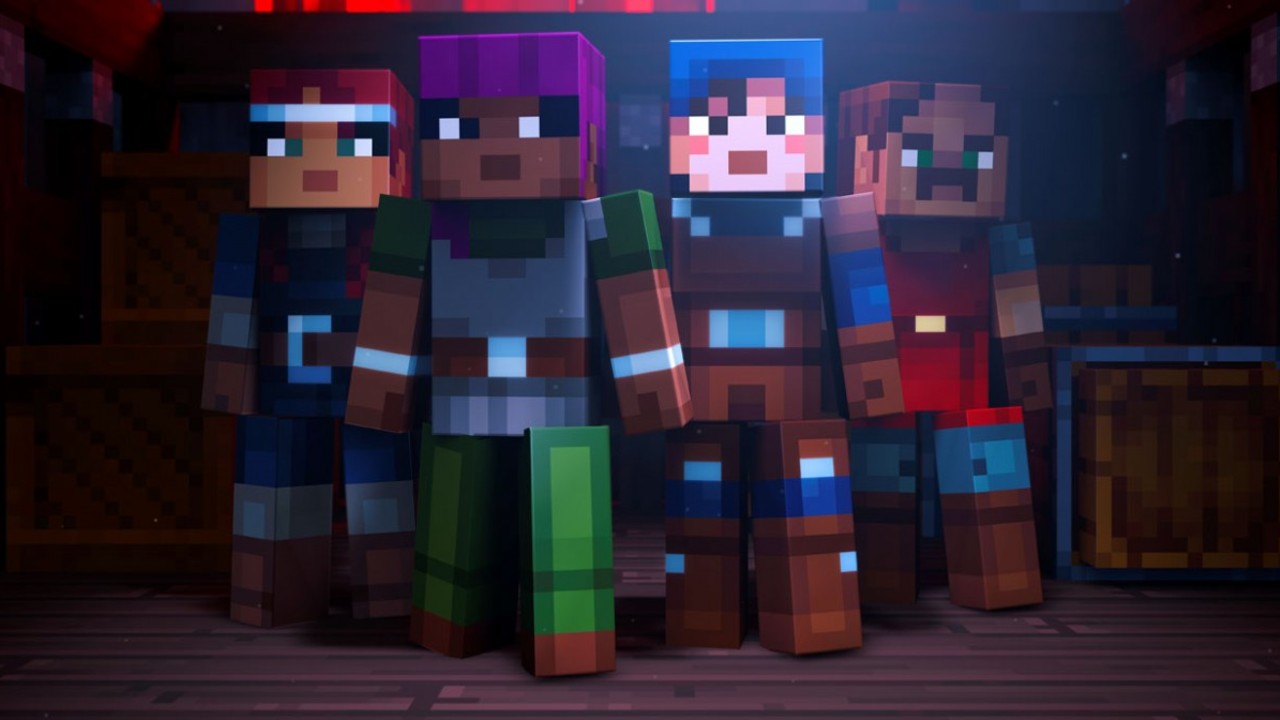"We have new ideas to last millenia": Mojang on reimagining the hack and slash for Minecraft Dungeons
How Mojang is bringing its quintessential charm to the action RPG
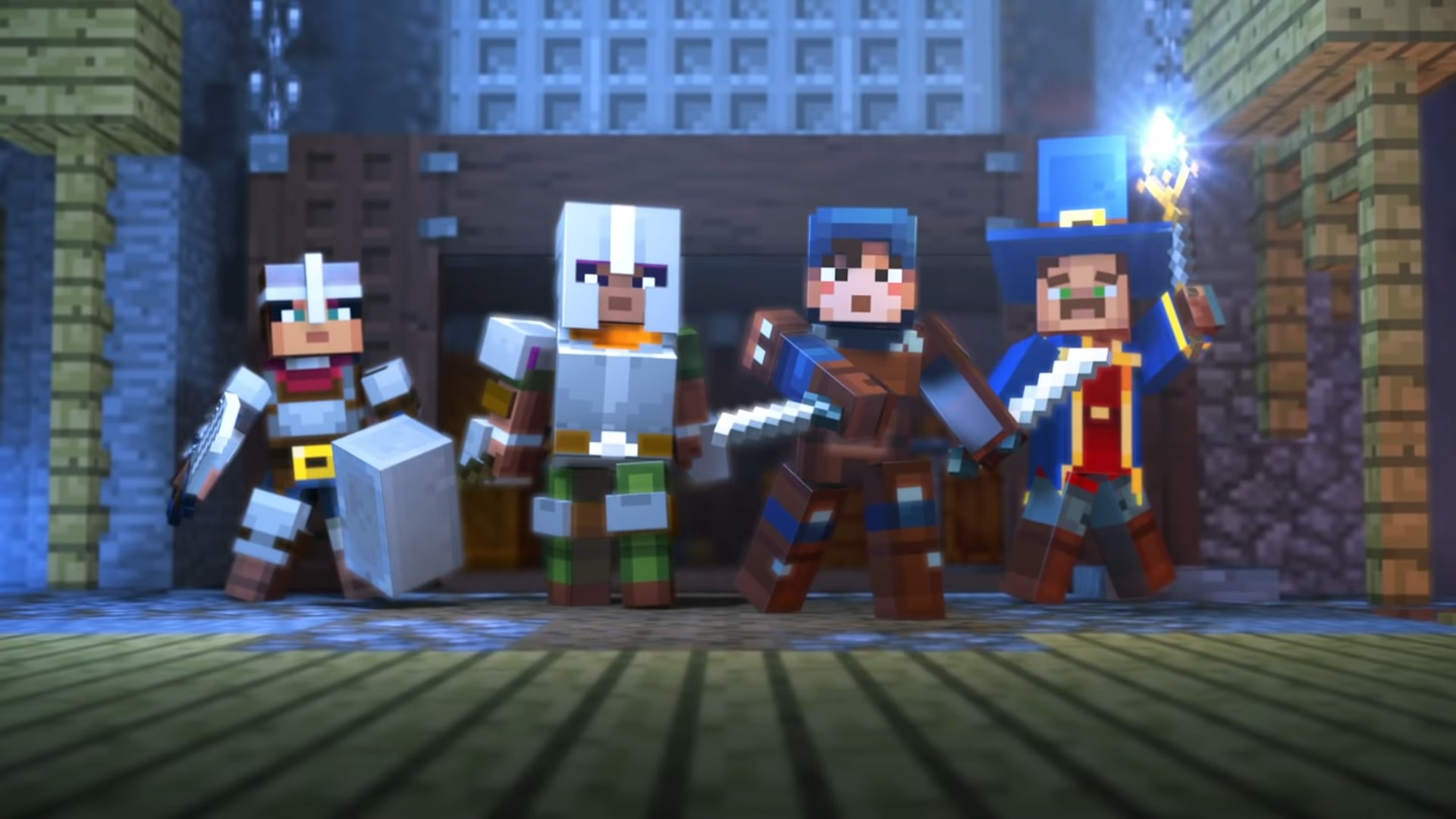
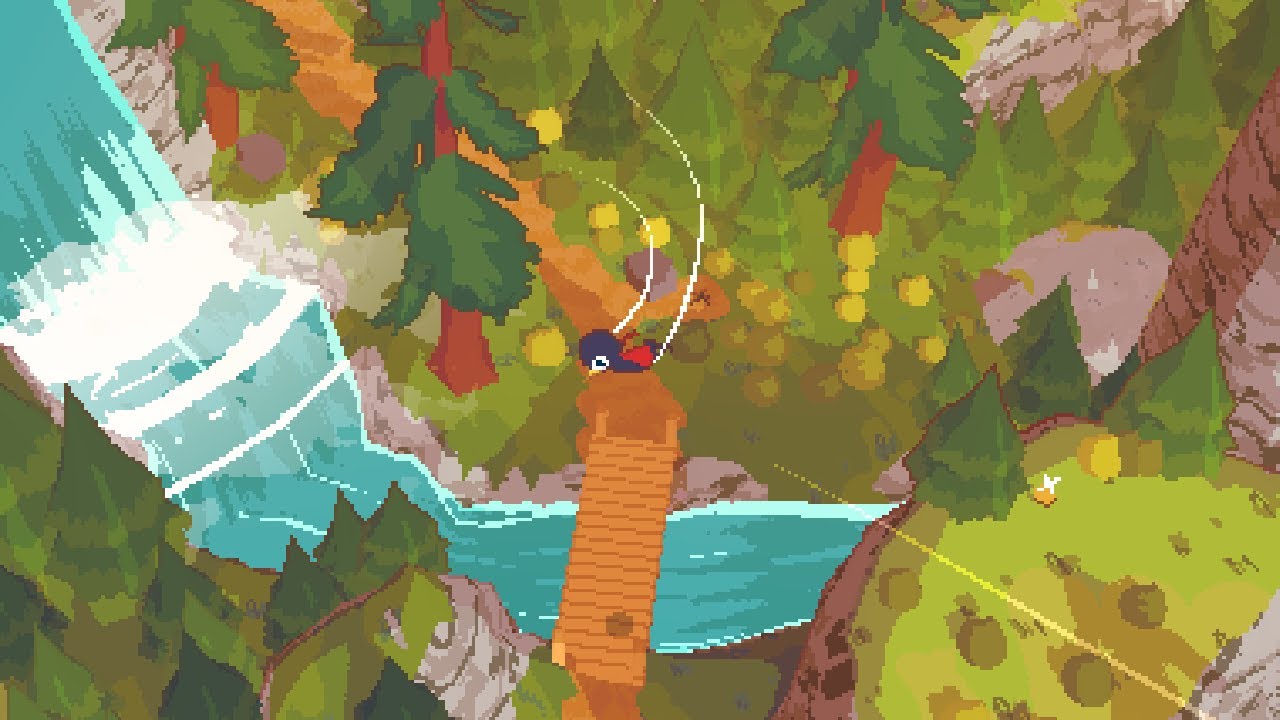
"How do you get a character to fight when they have no elbows?"
No, this isn't a lost chapter from Plato's Symposium, but a genuine question that Mojang found itself having to answer during the development of Minecraft Dungeons. Under proper examination, Minecraft's human characters are anatomical horror shows, devoid of most fibrous ligaments that give the rest of us our unique pliability, and thus only able to move in rigid vertical motion like a 'C-' science fair robot. That's fine for a game now beloved for its kitschy minimalism – not so much for a top-down, hack-and-slash dungeon crawler.
"'You just have a straight arm and you pull it back? What?'" recalls David Nisshagen, the executive producer recreating the surreal conversation the team had to have while figuring out the solution to its uniquely biological problem. "'Just straight out the back?...' 'Through the back. Yes.'"
It's one of the many challenges that Mojang faced in transitioning the universe, inhabitants, and core ideas of Minecraft into the design template of a dungeon crawler, but Nisshagen stresses that – from the very beginning – it was clear this action-RPG format made perfect sense as the next step for expanding the horizons of its block-based franchise.
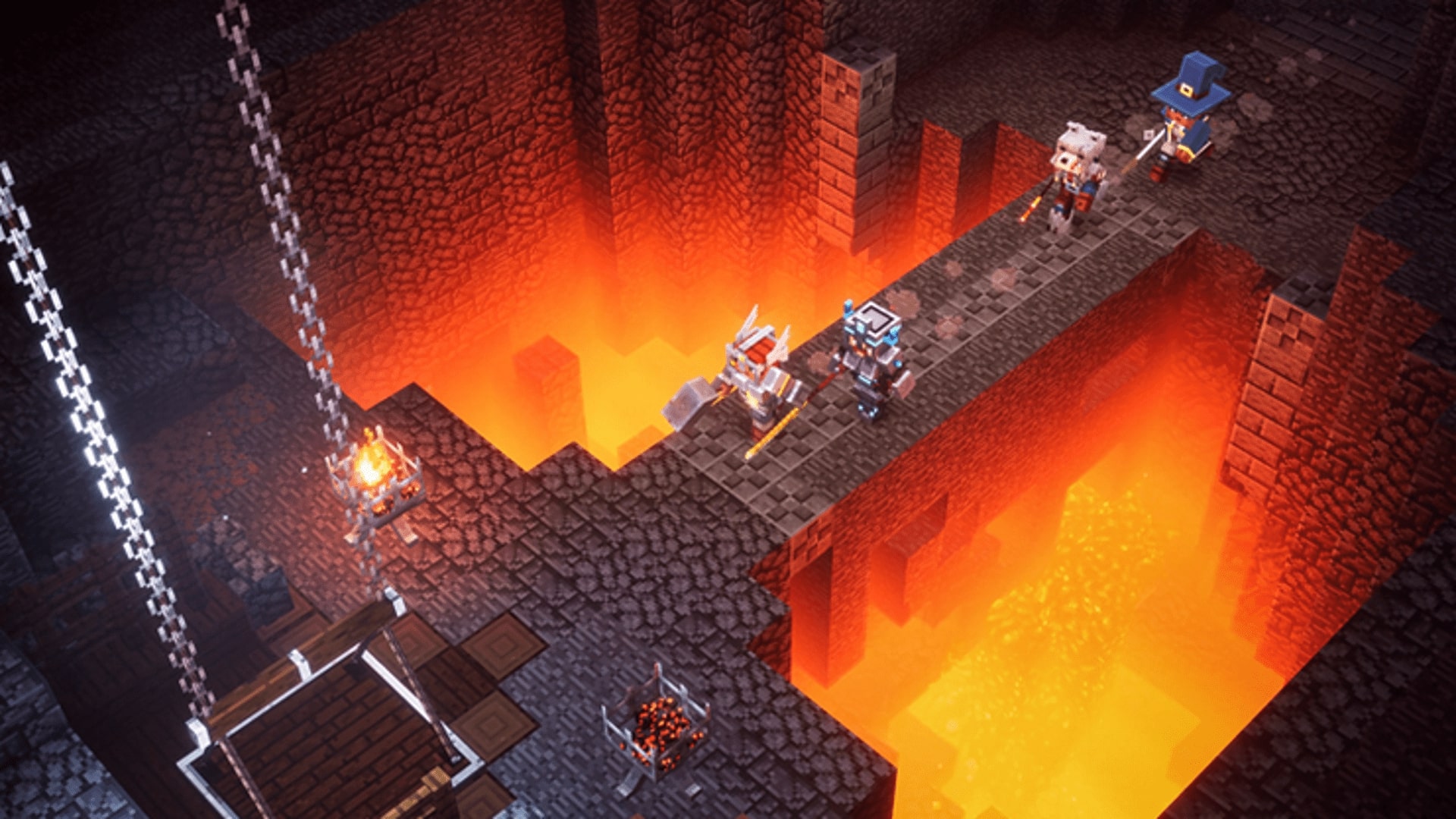
Take Dungeons' unique approach to player customisation and progression, which forgoes a traditional class system for something far less compartmentalised. Instead, your character's role on the battlefield will be determined by their ever changing make-up of weapons, armour, and perks, all easily mixed and matched through Dungeons' high frequency loot drops and levelling system. According to Nisshagen, that inherent push towards improvised creativity couldn't be more Minecraft if it tried.
"I tend to think of Minecraft as a giant sandbox," he tells me. "It is this huge sandbox where you explore the entire world. And in Dungeons, we've pivoted that core hook to that of the character, the player. Your character is the sandbox. That's where you do the exploration of combining things and finding crazy combinations."
"That's probably one of the differences we have from other games in the genre, which may have a more carefully computed progression curve. We do have a lot of depth under the hood, but we also have a lot more volatility. Sometimes you're incredibly overpowered, sometimes you're not, but we never punish the player for the experimentation."
Weekly digests, tales from the communities you love, and more
Building blocks
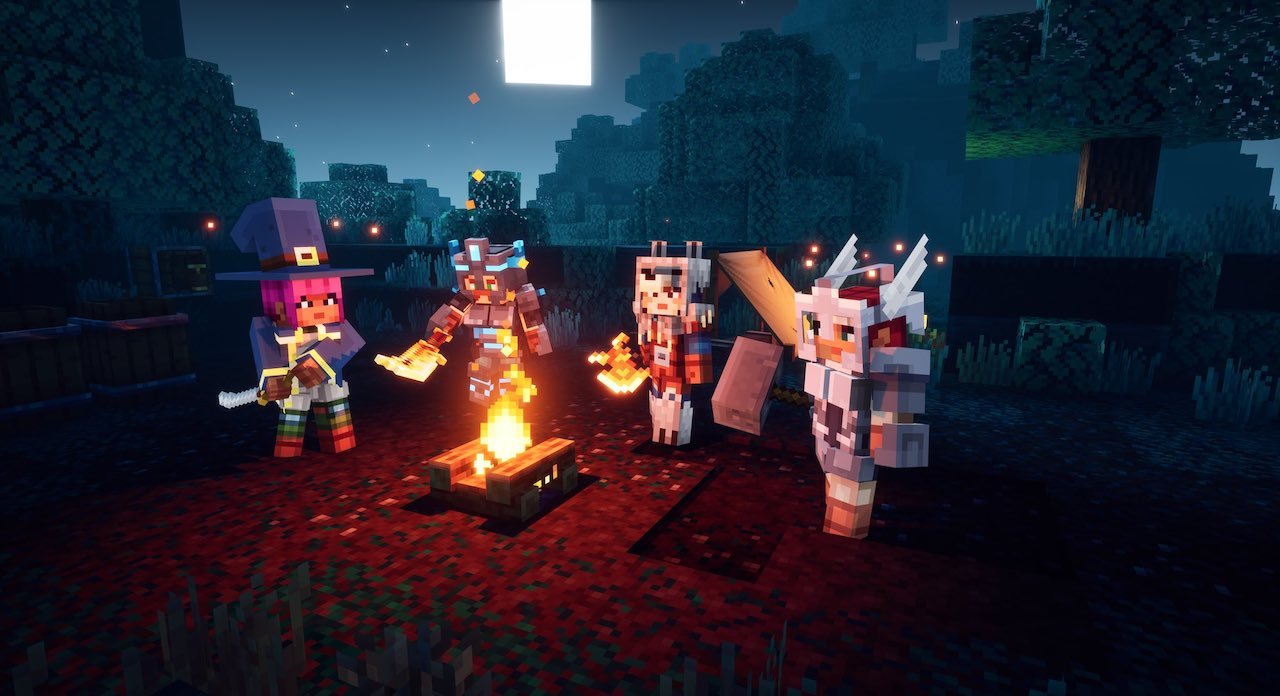
"We never punish the player for experimentation"
David Nisshagen
Minecraft Dungeons started life as a 3DS project, after Mojang's chief creative officer Jens Bergensten expressed interest in a new Minecraft game for what was then Nintendo's most popular handheld console of the day. Given the limited technology and smaller screen presented by the platform, explains Nisshagen, adopting a top down perspective thus made the most sense.
Couple that with the need to retain Minecraft's core gameplay loop of collecting, crafting, and exploration, and you can see why the studio quickly landed on the dungeon crawler as a strong choice of genre for such a title. "It was not like we did a SWOT analysis and identified an unsatisfied market segment," jokes Nisshagen. "That's not really how we operate."
From there, Minecraft Dungeons continued to grow, evolve, and permutate in development. Eventually, it was no longer just a mini spin-off title for the 3DS, but a big-budget, multi-platform expansion of the Minecraft franchise, featuring online and local co-op, a full campaign, and sweeping plans for post-launch support. Nisshagen lists Diablo 2 as a key source of inspiration for the team as it navigated the terrain of this beloved genre, but also points to unlikely muses such as Left 4 Dead and the Warhammer: Vermintide series as touchstones for creating an intuitive and accessible co-op experience. Oh, and there was that little game called Minecraft, too.

"Being able to stand on the shoulders of Minecraft helps us in unimaginable ways," Nisshagen continues. "Everybody knows what a creeper is, and does, for instance. Everybody understands the hissing noise and the white flashing means there's a huge explosion incoming. And that's such a benefit for doing a game like this. And it's a great mechanic, right? We have so much of the bestiary and the richness of Minecraft that is so well known that really helps us give players this sort of instinctive understanding of what's going on."
Of course, with the Minecraft brand name comes the Minecraft fan base; a broad and loyal community, united by a strong passion for the IP, and often much stronger opinions about every line in each set of new patch notes. While the Dungeons team knew its project represented a healthy new direction for the franchise, Nisshagen admits that the early stages of development were flavoured with an understandable sense of worry over how its diaspora of master builders, treasure hoarders, and fairweather fans would react to the announcement of a new spin-off set in the same universe. Luckily, Mojang's regular presence at video game events around the year, including its very own MineCon, meant it could persuade people to try Minecraft Dungeons with the most convincing bribe there is; a playable demo.
"We could just take the game, and go to these trade events, and put it on the show floor for people to try for themselves," says Nisshagen "Suddenly, it all sort of snapped, and nobody confused it with what it was in comparison to Minecraft, and what it was intending to do. Many of the systems that we had carefully woven together began to click as players went hands on with it. And from there, we were able to examine what people liked and misunderstood about the game, and fill in the gaps in our communication."
Beta together
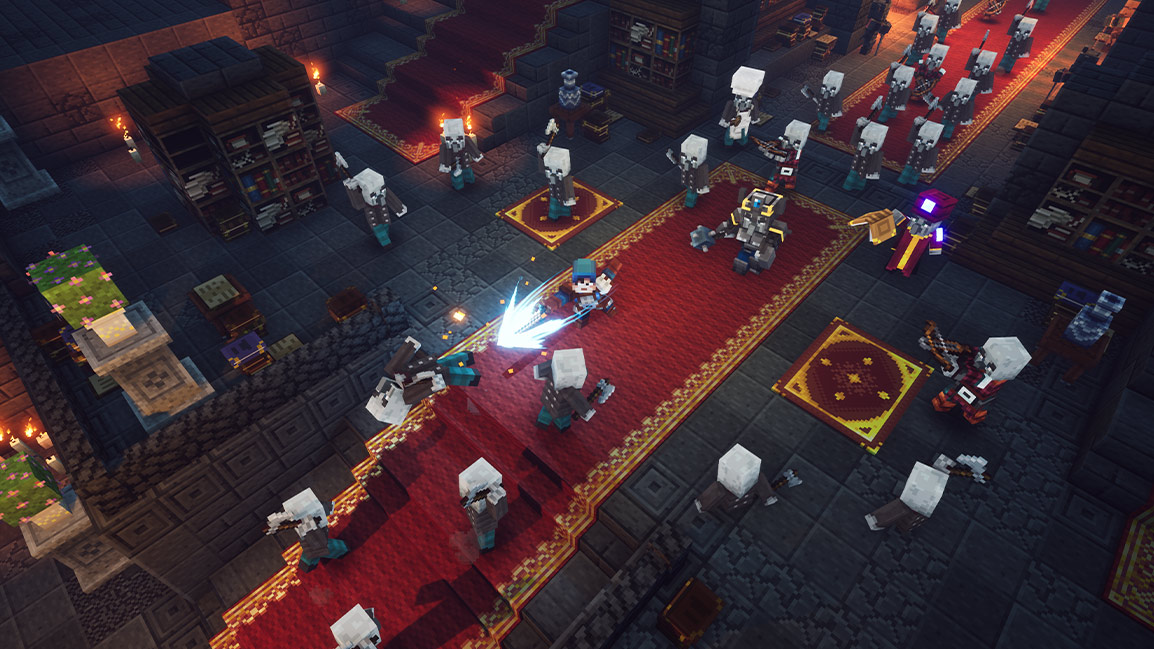
Just recently, thousands more people were able to put Minecraft Dungeons through its paces via the game's Closed Beta testing on PC, which not only gave fans an opportunity to run through the first few hours of its campaign, but allowed Mojang to examine player behaviour, collect the data, and use those findings to both address numerous bugs and discover the most pressing areas for improvement before launch. Nisshagen points to the game's difficulty settings as a key example of one of these lessons.
"We've spent a lot of time developing our difficulty sliders, making sure the options are there for those who like a challenge and those who don't, but we found they weren't explained clearly enough in the Beta. People didn't get it, the system was there, but nobody understood it. So we've spent some time just trying to explain at launch, 'Hey, guys, you can do this' and we think we've got a substantial improvement there already."
Mojang has no plans to close the books on Minecraft Dungeons once launch day is out of the way, either. Nisshagen jokes that the team has "ideas to last millenia" when it comes to supporting the game with new content, updates, and expansions after release, and – given the legacy of the studio – you can't help but wonder whether part of him is telling the truth.
"It's just how Mojang operates, I think," Nisshagen continues. "I mean, Minecraft has been going on for close to 11 years now, right? with continuous updates and upgrades and tweaks and things. I would be thrilled if we can keep Dungeons interesting for that amount of time!"
We've started a new series that pits the team against each other with some fiendish gaming tests. Check out Challenge Radar Episode 4 here.
I'm GamesRadar's Features Writer, which makes me responsible for gracing the internet with as many of my words as possible, including reviews, previews, interviews, and more. Lucky internet!
